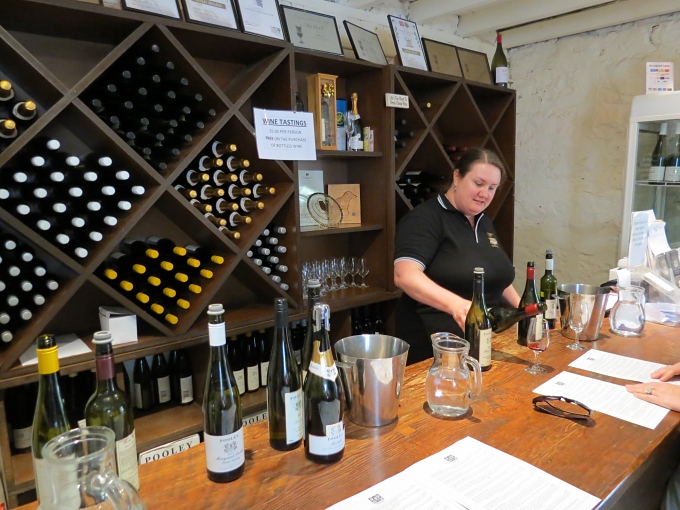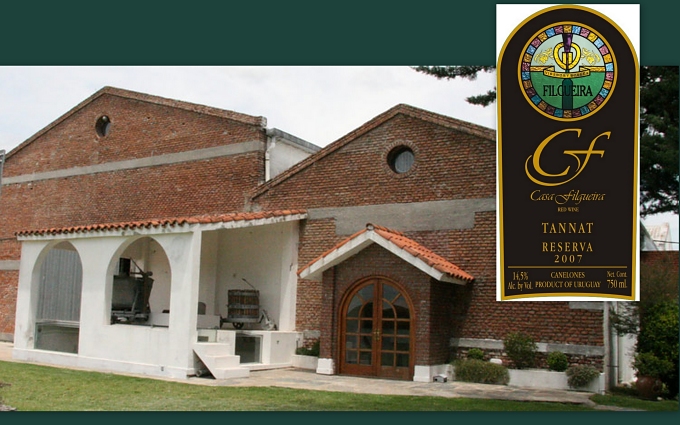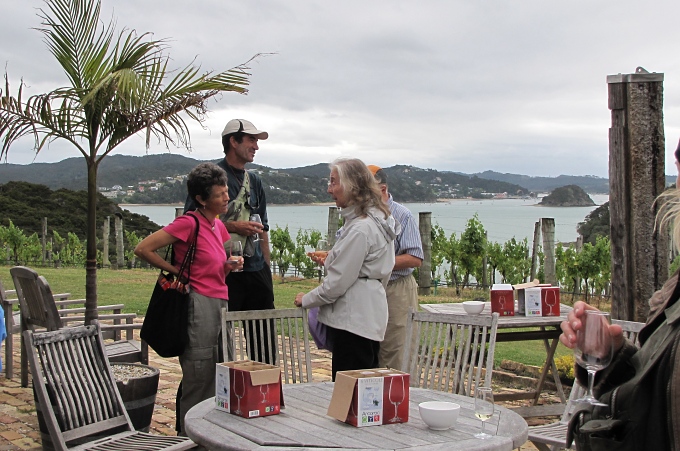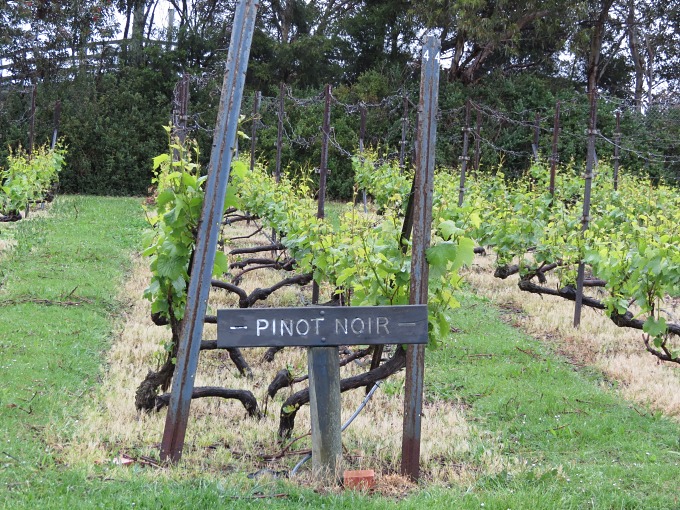Salty Dogs and Old Salts
/NaCl … sodium chloride … we learned about it in basic chemistry and we use it at the table every day. Salt has significance in many religions and historically it was used as currency. Heck, the English word “salary” comes from the Latin salarium argentum, a salt ration paid to Roman soldiers. It's odd when something we take for granted and that is so commonplace has a whole new meaning when you see it in mass quantities … like salt, for instance. It's hard to imagine not having it readily available, yet we never really gave much thought as to its source … until we started sailing, that is.
Our first encounter with salt production in quantity was the abandoned salt pans of Grand Turk. At one time, Salt Cay near Grand Turk was the world's largest producer of salt. In its heyday, over 100 vessels a year left the island with their cargo of `white gold', a valuable trade commodity, important in food preservation to the colonies in the north. This solar evaporation method entailed letting sea waters into large shallow basins and then baking it dry in the scorching sun. A system of canals and sluice gates, powered by windmills were used.
Saltrakers then raked the crystallized salt into small piles, carted it to the salt sheds for storage where it was packed into cloth bags, then carried to the salt lighters for transport to the larger ships anchored offshore. As we viewed the abandoned salt pans, man-made canals and dilapidated windmills, we tried to imagine the industry in full swing back in the 18th century.
Our next noticeable encounter with salt production was in Bonaire. As we sailed along the coast, we observed white mounds lined along the shore and wondered what they were. We took a land trip and discovered the white mountains were piles of salt and belonged to the Cargill Salt Company which operates a large salt production facility on the island.
The largest salt flats in the world are in Bolivia at Uyuni, but we didn't stay at the Palacio de Sal, a hotel made entirely out of salt blocks.
In the Galapagos, we saw the rusty red hue of abandoned salt pans, but apparently they no longer harvest the salt.
Probably the most impressive salt works we saw in our travels was in Namibia where the mountains of salt were moved with huge plows.
From a distance, the salt looks like snow but this close to the equator? Not a chance.
We recently learned that during the 1830s, there were 442 salt works on Cape Cod … right in our own backyard. An old sketch from the Provincetown Museum showed salt windmills along the shore. Who knew? Obviously, not us.
Our friend John once commented that we should start the Nine of Cups Salt Company and harvest the salt off the stainless and rigging after long passages. We haven't resorted to this yet, but you never know what sort of efforts the future budget will require.
So … from a couple of old salts, you can take this “with a grain of salt”, determine if it's “worth its salt” or perhaps even consider us “the salt of the earth”. No matter …lest, you leave feeling thirsty from all this salt talk … here's an easy recipe for a Salty Dog.
Mix 4 oz of grapefruit juice with 2 oz of gin or vodka. Add ice and stir. Pour into salt-rimmed glass. Garnish with slice of lime. Enjoy!



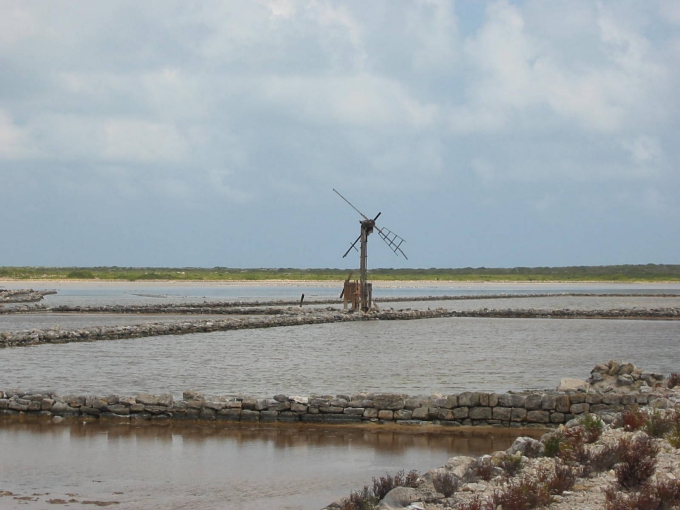
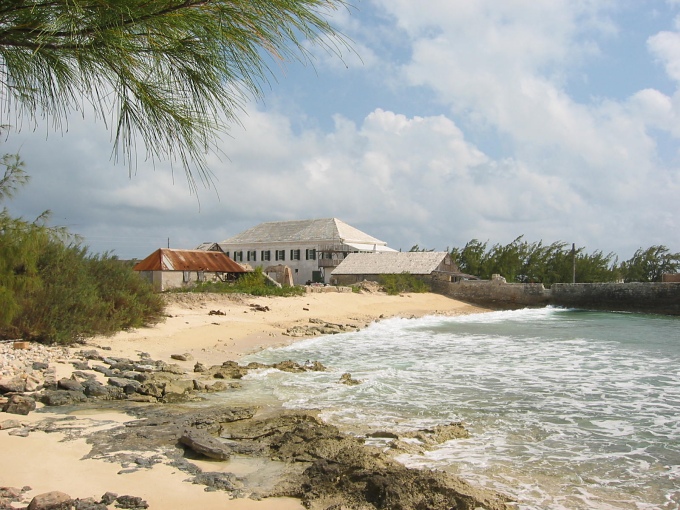

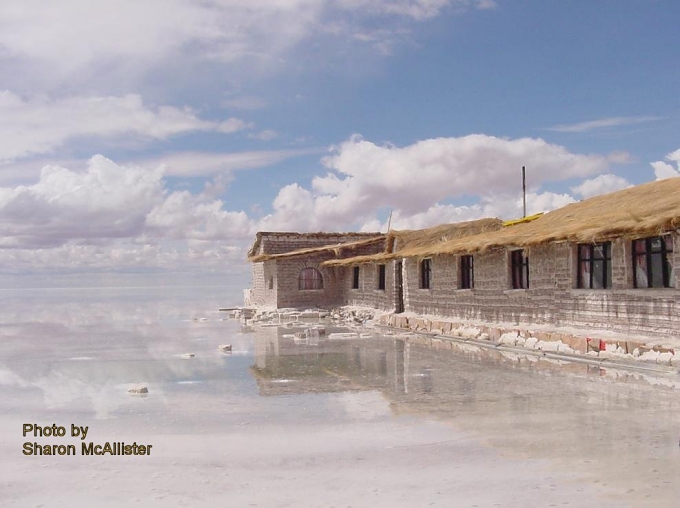

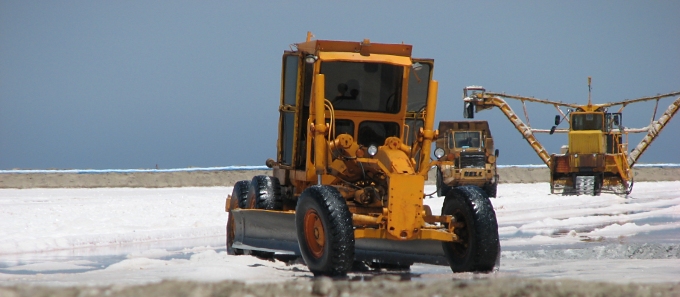
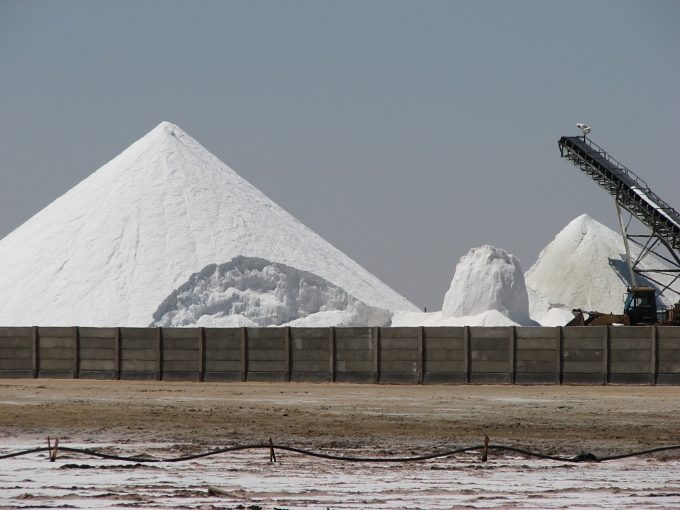


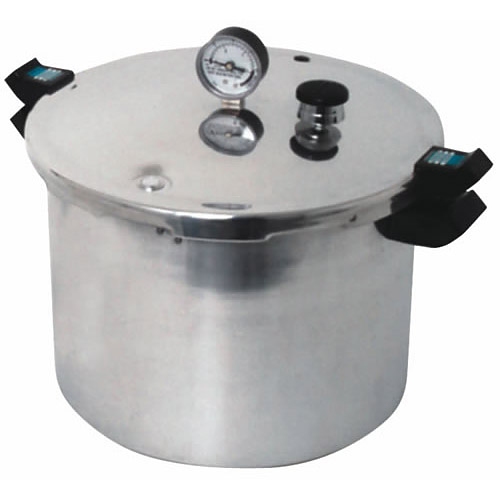
 when we were back in the US and hauled it with us in our luggage on our return. It was certainly big and bulky, but worth the hassle. A lot of stuff fit inside it while we were transporting it, and when we aren't using it, it becomes a storage bin aboard. Note there is a difference between a pressure cooker and a pressure canner. We have both aboard.
when we were back in the US and hauled it with us in our luggage on our return. It was certainly big and bulky, but worth the hassle. A lot of stuff fit inside it while we were transporting it, and when we aren't using it, it becomes a storage bin aboard. Note there is a difference between a pressure cooker and a pressure canner. We have both aboard. " which answered lots of questions and provided exact procedures to follow, so I didn't poison the crew. The book also contained lots of recipes and ideas for canning entire meals.
" which answered lots of questions and provided exact procedures to follow, so I didn't poison the crew. The book also contained lots of recipes and ideas for canning entire meals. 



